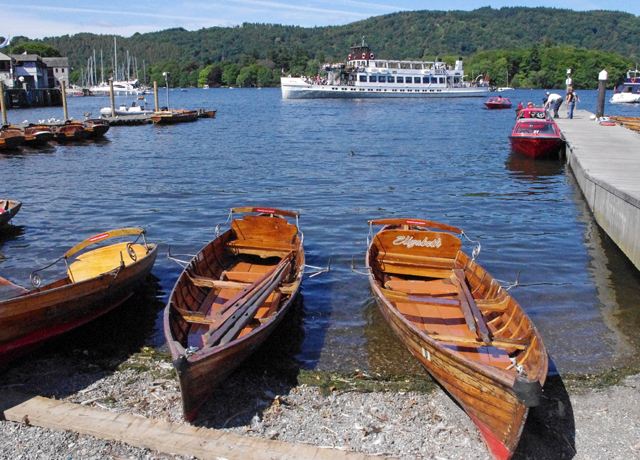Kent and Leven Management Catchment
Operational catchments
There are 4 operational catchments in this management catchment.
Filter map layers
Data
Protected Areas
Catchment Partnerships Pages
Catchment Partnerships work at a catchment scale to improve local environmental understanding and encourage community participation through collaboration and integration leading to improved actions.
About
The Kent Leven catchment is characterised by short rivers rising in the southern and central Lake District fells and flowing southwards into Morecambe Bay. It has several iconic lakes including Englands largest Windermere along with culturally significant waters such as Grasmere and Rydal Water, famed for their shared history with Wordsworth amongst others. The catchment boasts the largest continuous intertidal area in the UK with several high value shellfish beds. Two thirds of the catchment is within the Lake District National Park and there are many designated conservation areas, such as Leighton Moss SSSI nationally renowned for its wader bird populations, all reflecting the high environmental, landscape and amenity value of this area. The rivers and lakes support a diverse range of fish including Sea trout, Atlantic salmon, the rare and under threat Arctic charr and freshwater mussel as well as healthy populations of native White-clawed crayfish. The main urban centres can be found at Windermere/Bowness on Windermere, Kendal and Ulverston. Land use is dominated by livestock agriculture with sheep/beef farming throughout the catchment, and small to medium sized dairy farms lower down the catchment. There is also a significant tourist industry centred round Windermere and the Lakeland fells. A long history of water dependent industries continues today, with several successful paper mills and more recently a rejuvenation of the hydro-electric power sites. There is also a legacy of historic mining activities particularly in the Coniston sub-catchment. All this contributes to what is a truly vibrant rural economy.
